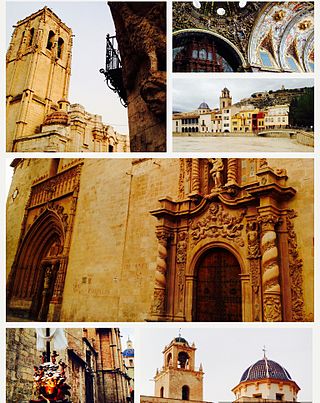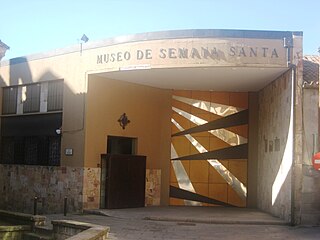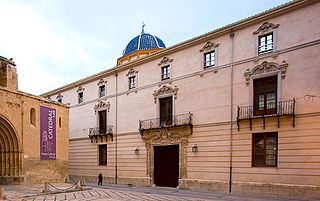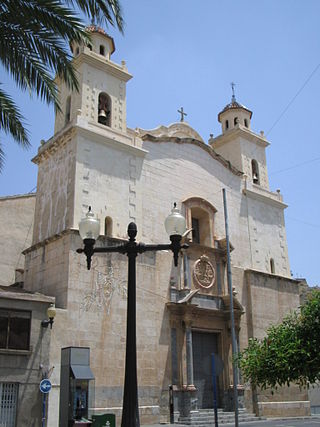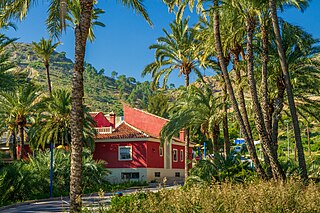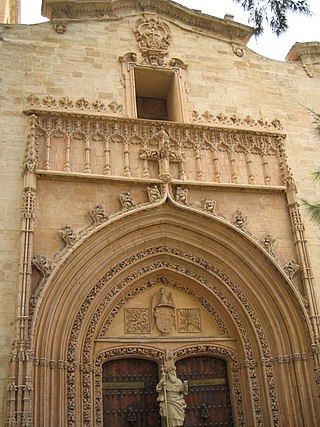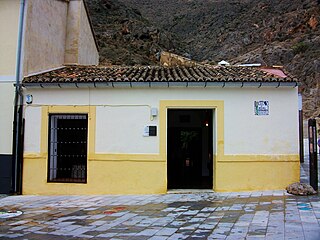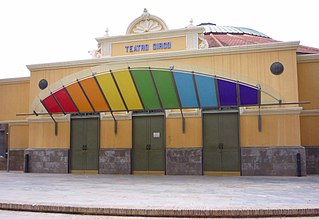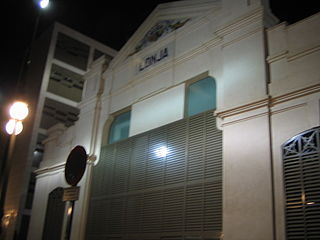11 Sights in Orihuela, Spain (with Map and Images)
Legend
Welcome to your journey through the most beautiful sights in Orihuela, Spain! Whether you want to discover the city's historical treasures or experience its modern highlights, you'll find everything your heart desires here. Be inspired by our selection and plan your unforgettable adventure in Orihuela. Dive into the diversity of this fascinating city and discover everything it has to offer.
Sightseeing Tours in Orihuela1. Orihuela
Orihuela is a city and municipality located at the foot of the Sierra de Orihuela mountains in the province of Alicante, Valencian Community, Spain. The city is in one of the only Spanish-speaking areas of the Valencian Community.
2. Museo de la Semana Santa
The Zamora Holy Museum was created in 1957 by the Board Pro Holy Week in the city in order to conserve and exhibit the public the processional steps of the brotherhoods, until then housed in various premises, called, in Zamora, popularly, paneras In some cases the different sculptural groups were in very precarious conditions. After acquiring the plot that same year, the museum finally opened to the public on September 9, 1964. In 1972 the Board acquired an annex place, although without communication with the museum, to install its archive and that of the different brotherhoods in it . In 1990, two lots were acquired that added 435 m², being used to expand the exhibition space and to locate the offices, the Board Hall and the Restoration Workshop, reopening the museum on February 25, 1994 after the works that were taken just. On February 24, 1997, it was visited by Kings Juan Carlos and Sofia, on an official visit to the city, on the occasion of the centenary of the creation of the Board Pro Holy Week in Zamora.
3. Orihuela' Bishop Palace
The Episcopal Palace of Orihuela is a Spanish religious palace in the Baroque style of the eighteenth century. It is located in the city of Orihuela, capital of the homonymous diocese of Orihuela. This building was the residence of the bishop of Orihuela.
4. Santuario de Nuestra Señora de Monserrate
The sanctuary of Nuestra Señora de Monserrate de Orihuela is located outside the city walls in the neighbourhood called Roig or Rabaloche. It houses the patron saint of the city and its history has been inextricably linked to it since before its reconquest by the Christians. Its architecture is grandiose and belongs to the baroque with influences from the neoclassical.
Wikipedia: Santuario de Nuestra Señora de Monserrate (Orihuela) (ES)
5. Arco de Santo Domingo
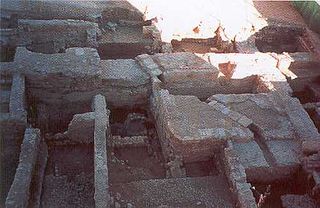
The walls of the city of Orihuela constituted a defensive construction of Greco-Cartaginese origin, which was built taking advantage of the natural defenses that the city had. The walls surrounded the city and inside had an internal wall that surrounded and protected the castle. This construction was around the castle disseminated by the mountain of San Miguel, an internal defensive ring formed.
6. Palmeral de San Antón
The Palmeral de Orihuela, also known as Palmeral de San Antón, is a palm grove located in Orihuela (Alicante) Spain, between the neighborhoods of Palmeral, San Juan and San Antón and the hamlet of El Escorratel. It is a large expanse of palm trees within that borders the urban and historic center of Orihuela (Alicante). It is the second largest palm grove in Europe, only surpassed by that of Elche.
7. Iglesia Parroquial de Santiago el Mayor
The church of Santiago Apóstol is a Catholic temple located in the city of Orihuela, built in the fifteenth century and with reforms in the sixteenth and eighteenth centuries. It consists of a single nave and side chapels between buttresses; it has two doorways and a bell tower, and was declared a National Monument in 1933, with the 1985 law of Cultural Interest.
8. Casa Museo Miguel Hernández
The Miguel Hernández House Museum is the house where the poet Miguel Hernández lived with his family from 1914 to 1934. Four years earlier, in 1910, he was born in a smaller house located on Calle San Juan, also in Orihuela. He spent his childhood there and spent his adolescence among goats and mountains, while discovering the classics of Spanish literature until he left for Madrid. It is located on the slopes of Mount San Miguel, next to the Colegio del Patriarca or Colegio de Santo Domingo where Hernández studied for some years.
9. Museo Arqueológico Comarcal de Orihuela
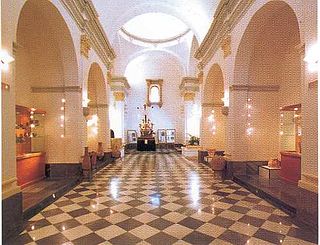
The regional archaeological museum of Orihuela is located in the church and men's room of the old San Juan de Dios municipal hospital. In this museum, different aspects corresponding to the culture of the Vega Baja region are exhibited, from the Palaeolithic to the eighteenth century and the beginning of the nineteenth century. It also has an ethnology section with Argaric, Islamic and Christian ceramics. It also keeps in the presbytery of the Church the processional step El Triunfo de la Cruz, known as La Diablesa, made by Nicolás de Bussy in 1694.
10. Teatro Circo Atanasio Díe Marín
The Teatro Circo Atanasio Díe Marín is a theatre located in the Plaza del Poeta Sansano s/n in Orihuela (Alicante) Valencian Community, in Valencian modernist style and inaugurated in 1908. Declared an asset of local relevance with the code 03.099-9999-000012, in June 1998
11. Auditorio La Lonja
The Orihuela fish market located on Calle Aragón s/n in the city of Orihuela (Alicante), Valencian Community, is a public building in Valencian modernist style built in 1926, which was designed by the Orihuela architect Severiano Sánchez Ballesta. The building was restored in 2007 for its adaptation as an auditorium and multipurpose room.
Share
How likely are you to recommend us?
Disclaimer Please be aware of your surroundings and do not enter private property. We are not liable for any damages that occur during the tours.
